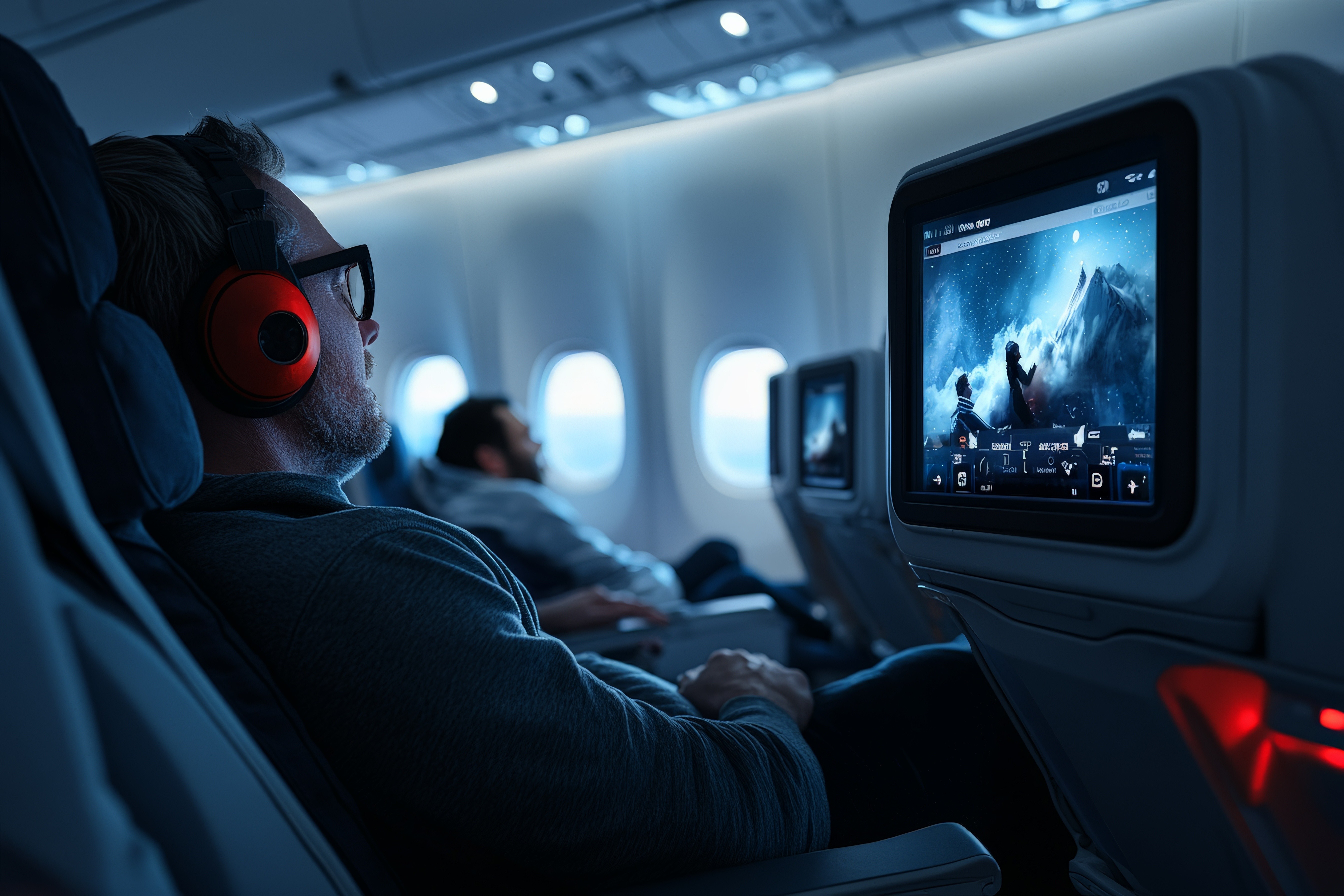Layering Strategies That Improve Your Comfort During Airplane Trips

Traveling by airplane often means dealing with varying temperatures and confined spaces, which can make comfort a challenge. One effective way to stay comfortable throughout your flight is by using the right layering strategies. By choosing appropriate layers, you can easily adjust to the cabin environment and enjoy a more pleasant trip.
Understanding Airplane Cabin Temperatures
Airplane cabins tend to have fluctuating temperatures that can sometimes feel chilly or overly warm depending on the airline, season, and altitude. The recycled air system maintains pressure but often results in lower humidity levels and cooler air. Being prepared for these variations with proper clothing layers helps you maintain an optimal body temperature.
Choosing the Base Layer: Breathable and Moisture-Wicking Fabrics
The base layer is worn directly against your skin and should be made from breathable, moisture-wicking materials like merino wool or synthetic fibers such as polyester. These fabrics help keep sweat away from your body, preventing discomfort caused by dampness during longer flights.
Selecting the Middle Layer: Insulating Yet Lightweight
Your middle layer acts as insulation to retain body heat without adding bulk. Lightweight fleece jackets or sweaters are excellent choices because they provide warmth while allowing flexibility and breathability. Avoid heavy materials that might restrict movement or cause overheating when cabin temperatures rise.
Top Layer: Versatile Outerwear for Protection
For your outermost layer, consider a packable jacket or windbreaker that offers protection against drafts inside the cabin while being easy to remove if you get too warm. Jackets made from water-resistant fabrics are also beneficial if you face unexpected weather changes during travel connections.
Additional Tips for Enhancing Airplane Comfort with Layers
Don’t forget accessories such as scarves or shawls that can double as blankets or neck pillows during flights. Wearing slip-on shoes makes it easier when going through security or relaxing onboard. Finally, layering also allows quick adjustments so you stay comfortable whether you’re boarding, cruising at altitude, or deplaning.
By thoughtfully selecting and combining layers designed for breathability, insulation, and versatility, you can significantly improve your comfort on airplane trips. With these layering strategies in place, you’ll be better prepared to handle changing cabin climates and enjoy a more relaxing journey.
This text was generated using a large language model, and select text has been reviewed and moderated for purposes such as readability.